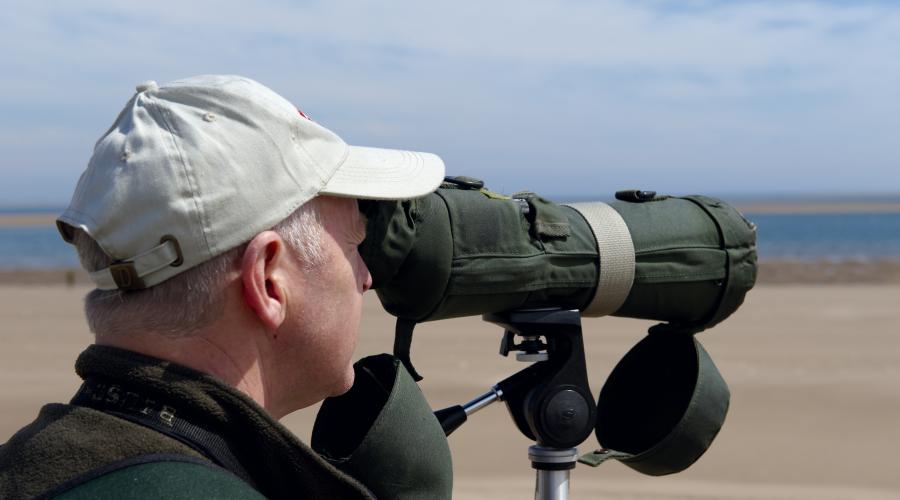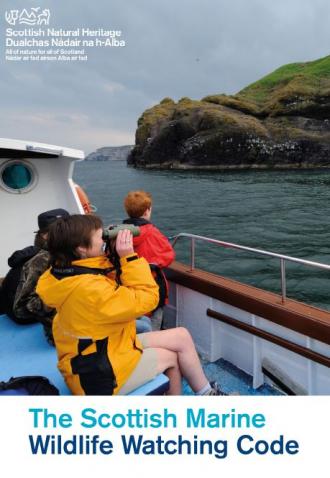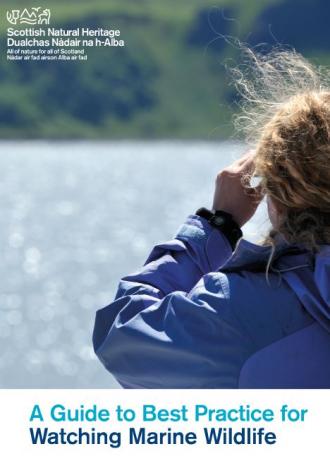
Scottish Marine Wildlife Watching Code
Watching marine wildlife from the shore or at sea? Follow the Code to avoid disturbance or harm to the animals.
Watching marine wildlife is exciting and memorable. You may spot birds, seals and even dolphins, whales and basking sharks from Scotland’s coastline or out at sea.
Wildlife watching makes us more aware of nature, and improves our understanding and enjoyment of the marine environment. It’s also a growing area for tourism and our economy.
We must take care not to disturb the animals that we’ve come to see. You should follow the Scottish Marine Wildlife Watching Code whether you’re watching wildlife from the shore or at sea.
Read the Scottish Marine Wildlife Watching Code and the Guide to Best Practice for Watching Marine Wildlife
About the Code
The Code aims to:
- help minimise disturbance to marine wildlife
- help you to enjoy watching marine wildlife
- improve your chances of seeing wildlife
- provide a standard for the wildlife watching industry
- help you to stay within the law
The Code isn’t a law or a regulation. Its main purpose is to raise awareness and offer practical guidance for responsible marine wildlife watching.
NatureScot developed the Code as part of its duties under the Nature Conservation (Scotland) Act 2004. The Code was first published in 2006 and was revised in 2017 in light of recent legislation.
A Guide to Best Practice for Watching Marine Wildlife
The Guide to Best Practice for Watching Marine Wildlife can be read with the Code, to provide more information about the animals you’re likely to see in Scottish waters. It explains how to behave responsibly in more detail than the Code itself. It also highlights the law as it applies to each species group. The law protects many marine species, and harming or disturbing them may be an offence.
Marine wildlife tours
Going on a wildlife watching tour is a great way to see marine wildlife and to learn more about the animals. We recommend you choose a tour operator accredited by the Wildlife Safe (WiSe) Scheme. Such operators will understand how to interact with the animals without causing disturbance.
Look out for the WiSe Scheme logo and view a list of WiSe operators by area.
Contact
Email: [email protected]
We would like to thank all those organisations and individuals who helped us to prepare and revise the Code and the Guide to Best Practice.







